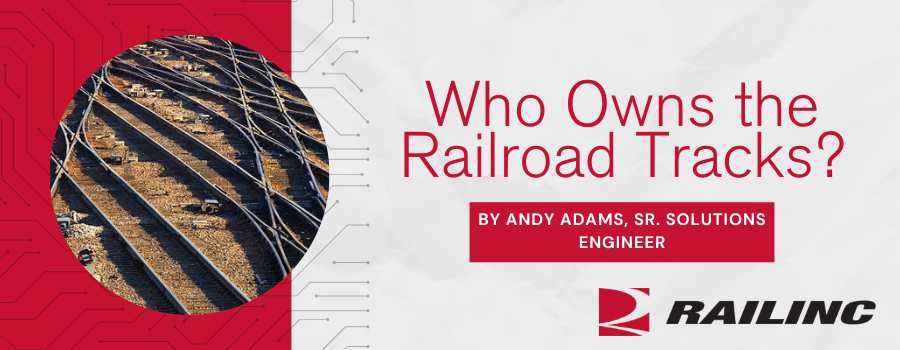
One of the most frequently asked questions we receive when conducting training on railroading basics is: “Who owns the railroad tracks?” In the United States and Canada, that answer is overwhelmingly the railroads themselves.
Unlike motor freight, which utilizes government-maintained roadway infrastructure, the railroads own both the rights-of-way and the tracks that their trains operate on. This represents approximately 140,000 miles of track that the railroads are responsible for maintaining and upkeeping for freight to move effectively across North America.
The Class I railroads dedicate a large portion of their yearly capital expenditure (CAPEX) budgets towards track and infrastructure upkeep and improvement. This commitment is why rail is considered one of the safest and most cost-effective ways to move freight. In 2020, the railroads invested nearly $24 billion dollars in CAPEX towards this effort which represented nearly 19 percent of their yearly revenues.
Read more about freight rail investments on the AAR website.
There is a smaller percentage of track in the United States and Canada owned by the federal or state governments. These have been purchased to support effective passenger service or, more often, to ensure continuing service to industries that provide jobs in the local economies. Lines that have been sold off or abandoned by the Class Is due to insufficient traffic are then purchased by the local state governments. They are then usually leased to and operated by short line railroads that serve the industries located along those tracks.
What about Amtrak? The federal government owns the section of track called the Northeast Corridor between Washington D.C. and Boston and operates it under the auspices of Amtrak. For everywhere else Amtrak operates, they do not own any of the track. They operate under agreements to do so by “leasing” operating rights from the Class I or regional railroads.
The story is different in Mexico, where the government owns all railroad infrastructure. Lines are operated under charters to rail companies like Ferromex (FXE), Ferrosur (FSRR) and Kansas City Southern de Mexico, who perform freight services and are paid by the government to upkeep the tracks.
